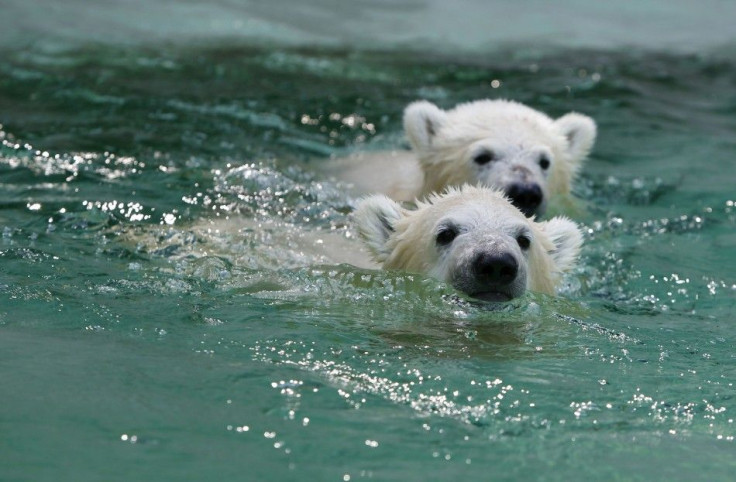New Water Bear Species Found In Antartica
The New Species Is Said to Be the Toughest on the Planet

A new species of bears have been found near the Antarctic coast. This new species of tardigrade, Mopsechiniscus franciscae is said to be the toughest on the planet and can survive in any condition. It is also nicknamed water bear or moss piglets because it is extremely small and can be viewed only through a microscope.
In a 2011 survey of tardigrades, these moss piglets were collected among moss growing on gravel along the coast of Victoria Land, which borders the Ross Sea. This genus has been discovered for the first time as far South as Antartica and it hints towards its roots. What makes this creature so special and adorable is the fact that it is reddish in colour, males are about a quarter of a millimetre long and females half the size greater than that. When viewed under the microscope, they look like tiny little bears. They also have the ability to survive in any condition be it in vacuum, in extreme cold or heat, high pressure, dehydration, poison and even radioactivity that would destroy any living being.
They are found mostly in moss and lichen and consume plant cells and small invertebrates. Most of their bodies turn green when they eat because their bodies are transparent. These critters are found everywhere, on the mountains, in the depths of the sea and in hot deserts as well.
Roberto Buidetti from Italy's University of Modena and Reggio Emilia, while visiting Victoria Island, discovered this species. They were living on the lake shore mosses within the Carter Cirque. While tardigrades have fascinated scientists enough, an analysis of the moss under an electronic microscope revealed much more interesting facts. A close observation revealed a few distinguishing features in the found tardigrades: they has red orange pads behind their claws and a distinctive pattern of hair on its body. They could even view its internal organ through the microscope. A DNA testing proved that the scientists were dealing with an all new species. Roberto and his colleagues published their findings in the May Polar Biology
Research says that this particular water bear is likely to have descended from forebears that were present on the ancient supercontinent of Gondwana. "Water bears have been in Antarctica since it was part of the ancient super continent Gondwana, researchers hope to use the tiny beast to better understand how animals reached the far southern continent," said Roberto. When compared to other tardigrades, however, the changes in them are very little, he noted.






